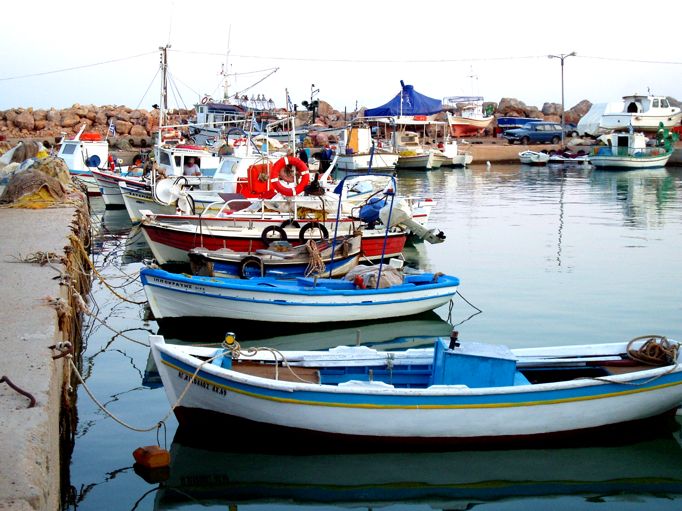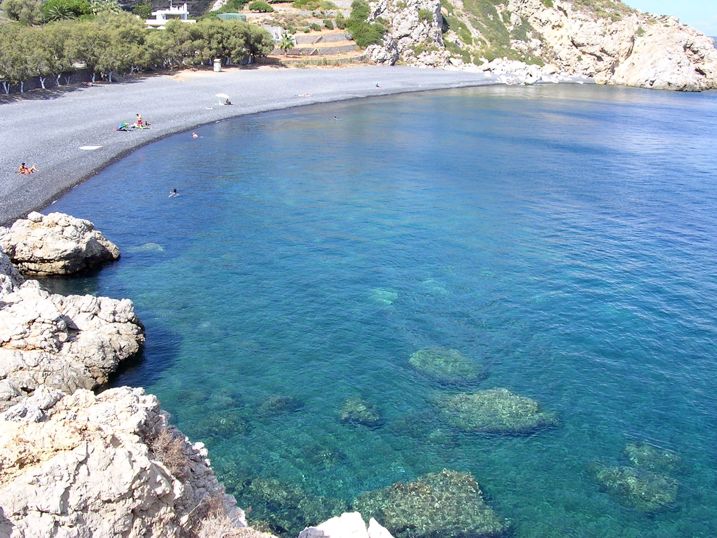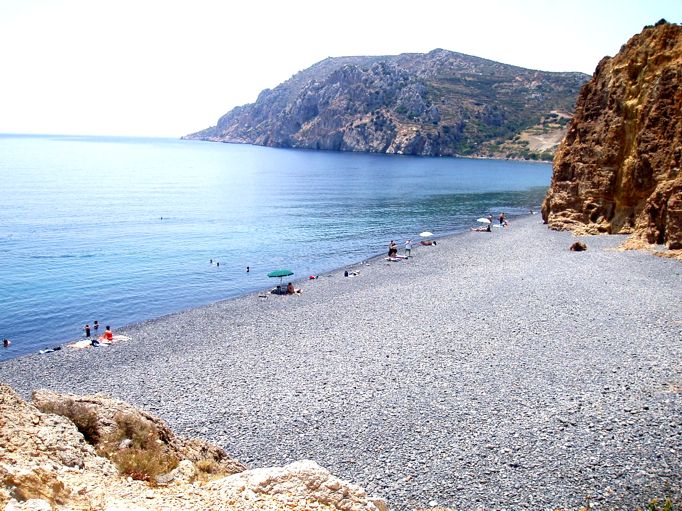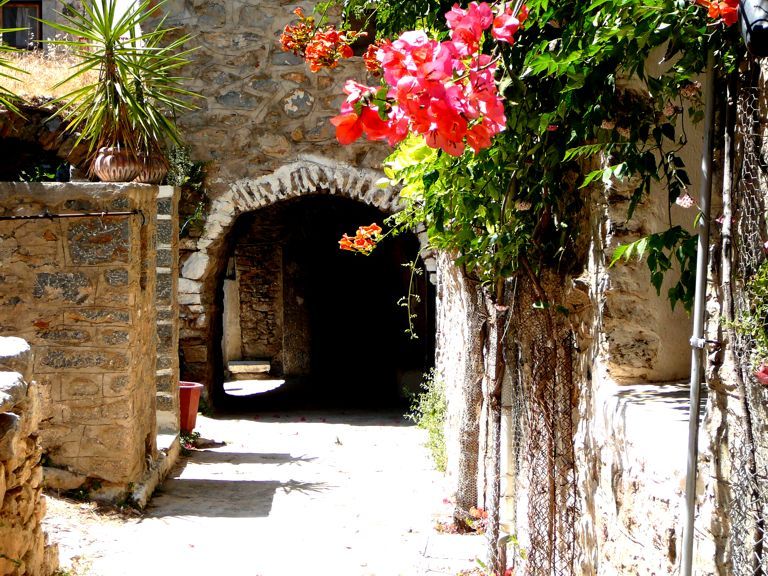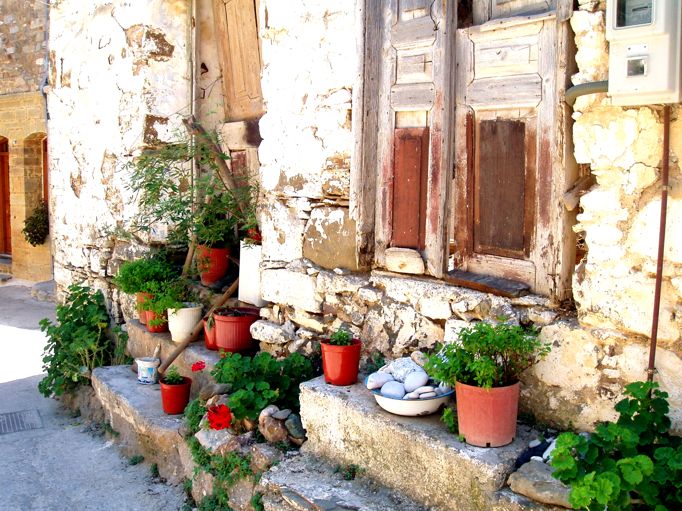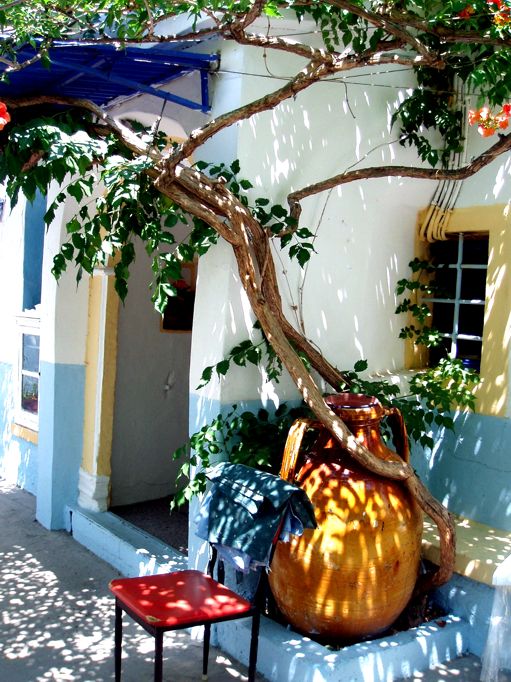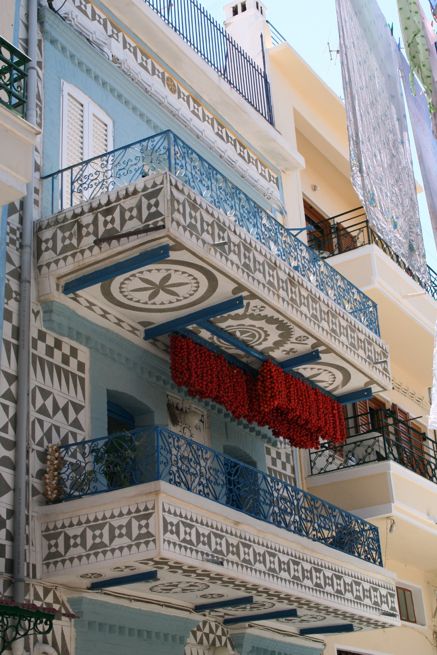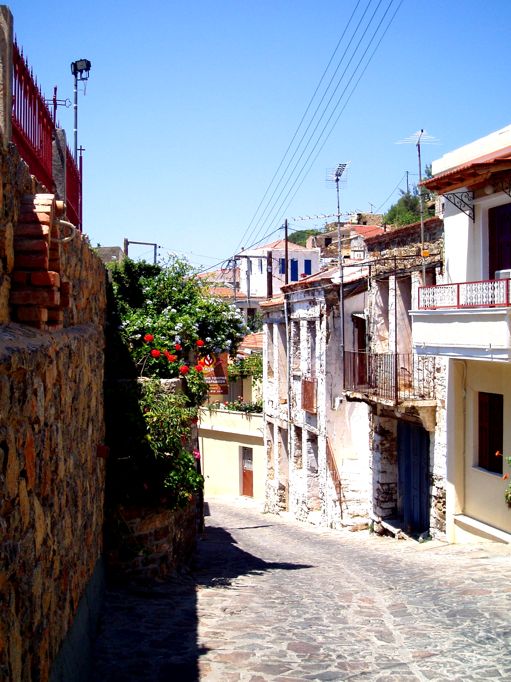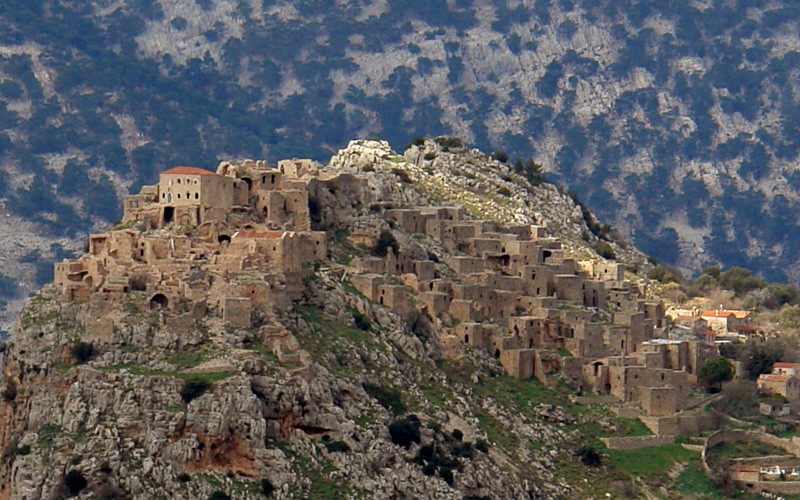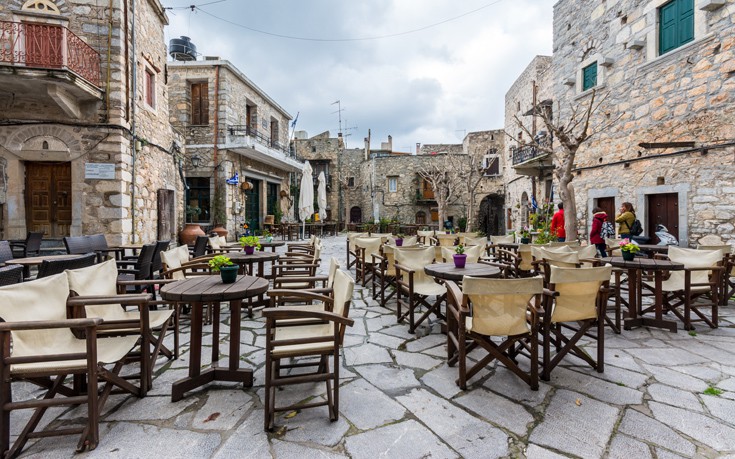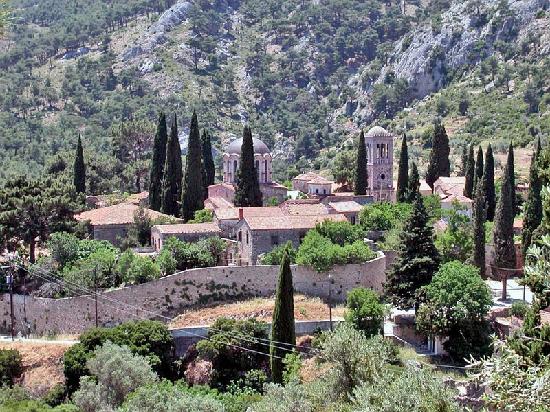Chios Island
Rockets
Except for summer, Easter is an interesting period to come to Chios since this is celebrated in a very special way with the "Rocket War". On Saturday night, after the "Anastasi", rockets are being fired from one church to another, in the area a few kilometers north of Chios town called Vrondados.
Discover the history
Inside the old town’s walls, the Kastro, one can still find some remains of the Genoese and Turkish occupations. At the city square, the Platia, the old mosque with its tall minaret also reminds us of the Turkish occupation, which lasted almost 400 years. Nowadays it serves the Byzantine museum.
The Korais Library was built in 1884 and is one of Greece’s most important libraries. Besides an exceptional collection of historical books and paintings, there is a museum on the second floor with local costumes and old tools. The Archeological Museum of Chios is well taken care of and is situated next to the city’s university.
Mastic
Chios is the fifth largest island of Greece and much bigger than what one usually expects. Tourism is not as developed as on the neighbor islands Samos and Lesvos and was never really encouraged. This is because the main economy is based on shipping and on the island’s unique product Mastic.
South
The southern villages of Chios are known as Mastichochoria; Mastic villages. Although mastic trees grow on several places in the Mediterranean region, only in the south of Chios the mastic can be cultivated, due to its texture there. This resin-like product has been used in medical treatments for ages and is still collected in the old traditional way. Today it is the main substance in many different products such as toothpaste and chewing gum, liquor and sweets as well as in body and hair products. Naturally, each of them can be bought on the island and you can learn more about the history and present importance of mastic in the Mastic Museum. This modern museum opened it's doors in 2016 and had already many enthusiastic visitors of all ages.
Some of the 23 villages that live from mastic since centuries are definitively worth visiting.
Pyrgi is the village, where houses and churches are being decorated with specific scratched patterns.
In Mesta, a medieval castle village, you can wander around the narrow streets like you are back in the middle Ages.
Armolia is known for the beautiful ceramics.
You can make nice strolls in the villages of Vessa and Olympi.
Also, in the area of Olympi there are some remarkable caves of over 100 million years old. A guide on the spot can give you a small tour.
On the southeast coast is the marvelous black lava beach called Mavra Volia, nearby the friendly harbor of Emborios.
North
If you drive towards the north along the west coast you will find yourself on what is probably one of the most stunning routes of the island. From the sandy beach of Lithi (with some nice fish taverns) until Volissos nature overwhelms you with idyllic little beaches and beautiful blue seawater. You can see how the environment changes and becomes higher and rockier.
Volissos is crowned by its castle, the Kastro, from where you have one of the best views on the island. Six kilometers further up north stands the monastery of Agia Markella, named after the patron saint of the island. There is a big celebration on her name day the 22nd of July when many people make pilgrimage to the monastery’s church.
This highest mountain of the island is named Pelineo and is situated in the Northern part of Chios. It overtops the sea level for 1297 m. Therefore, Pelineo and the surrounding mountains constitute an interesting contrast to the flat Aegean Sea. In the past, it was almost fully covered with pine trees which got destroyed by fires caused by the heat in the last decades.
If you are an elated adventurer a hiking tour in the region of Pelineo is perfect for you, because a lot of routes with different degrees of difficulties lead you to its top.
You can find more information about the northern villages on this website: https://pityos-proorismos.gr/the-unknown-northern-chios/
The central part of the island has several places of great historical value. Nowadays Anavatos is a ghost town but it used to be a crowded village high on a rock safe from pirates. Due to "The Massacre" in 1822 and the big earthquake 60 years later resulted that the village became totally abandoned.
Also the 11th century village Avgonima was almost deserted and in very bad state. Since people started to buy old houses and to restore them the village became a charming place. It has a medieval square as well as a tavern "To Asteri" with a wonderful view over the west coast where one can combine nice food with a romantic sunset.
Chios has an innumerous amount of churches and monasteries but the most impressive monastery is without a doubt Nea Moni. The complex was built by Constatine Monomachos about 1000 years ago and is an important national monument. Its church is one of a few in Greece with this specific Byzantine architecture and has some unique mosaics and icons. There used to live monks in the monastery, today it is housed by one nun and one priest.
Last but not least, picturesque Langada on the north east coast is the favorite place of many islanders. The lovely shore overlooking Chios’ ship owners island Oinousses invites you to eat fresh fish and to drink a cold glass of ouzo.
Off course there are many more places worth visiting, we will be happy to inform you more during your stay!





